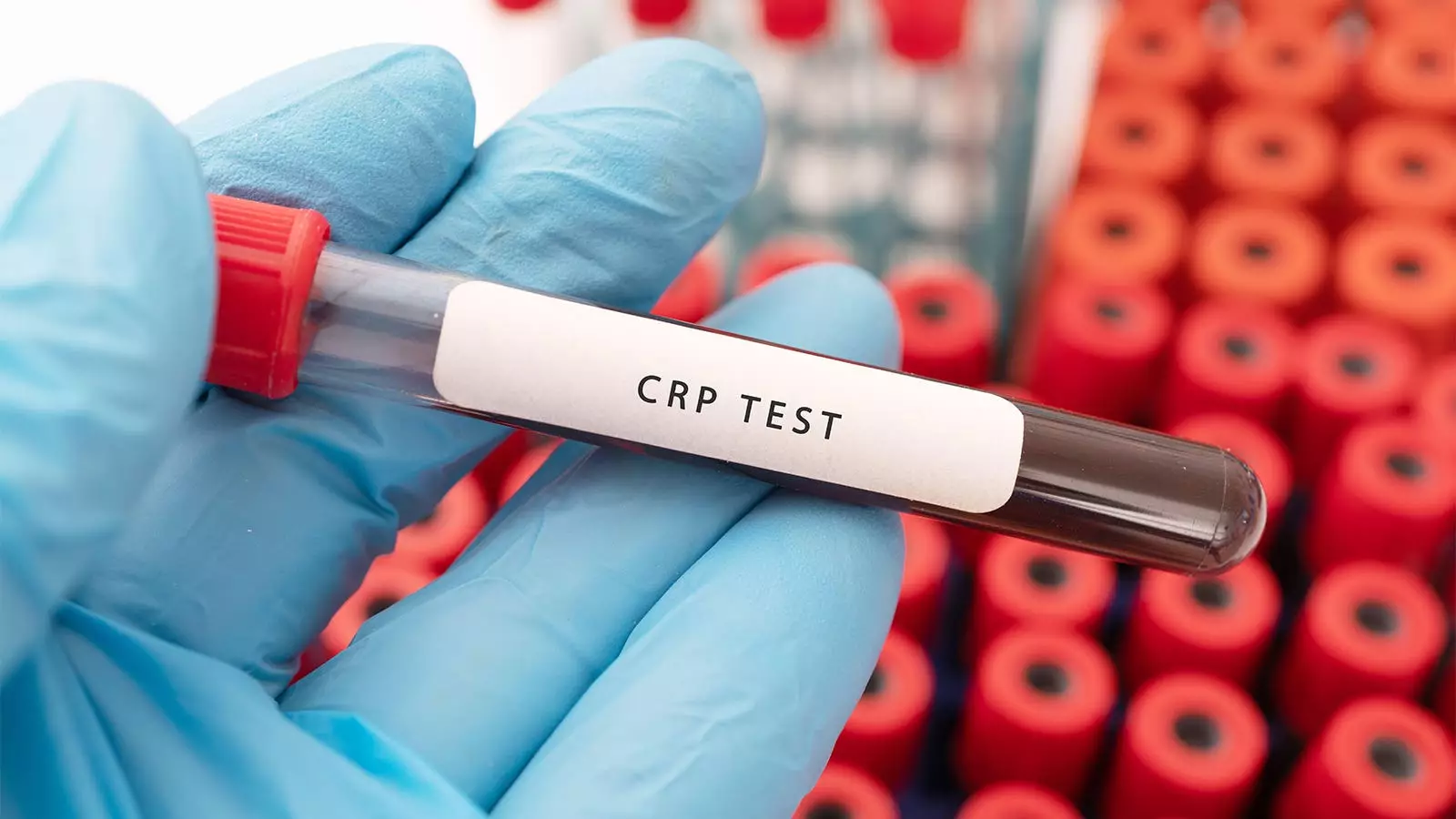Hidradenitis suppurativa (HS) is a chronic inflammatory skin condition that significantly affects the quality of life of those it touches. The treatment landscape is evolving, particularly with the introduction of biologics such as adalimumab (commercially known as Humira), which has become a common therapeutic option. Recent insights from post hoc analyses of the PIONEER I and II trials shed light on the predictive capability of serum C-reactive protein (CRP) levels in determining the efficacy of such treatments. This article aims to analyze these findings and their implications for clinical practice.
C-reactive protein (CRP) is a nonspecific marker that reflects systemic inflammation within the body. Elevated CRP levels are often associated with disease severity, particularly in chronic inflammatory conditions like HS. The aforementioned trials found that patients with a baseline CRP greater than 0.30 mg/dL experienced a lower likelihood of clinical response to adalimumab, suggesting that those with higher inflammatory burdens might not respond as favorably to treatment.
The analysis, conducted by Dr. Alexa B. Kimball and her team, revealed an odds ratio (OR) of 0.53, indicating that increased CRP levels corresponded to poorer treatment responses. Interestingly, while patients with elevated CRP did show some level of response to adalimumab—3.18-fold higher odds compared to placebo—those at the highest quartile (≥2.81 mg/dL) had a significant 30% reduction in the likelihood of a positive clinical response when compared to those just above the baseline threshold.
Given the strong correlation between elevated CRP levels and treatment efficacy, these findings prompt questions regarding how clinicians might tailor treatment protocols for HS patients. Traditionally, many dermatologists do not utilize CRP levels as a decisive factor for initial dosages. Dr. Danilo C. Del Campo, for instance, emphasizes that he starts patients at the FDA-approved dosage of adalimumab, regardless of their CRP levels. This approach raises important considerations surrounding individualized patient care, especially in cases where inflammation deeply affects the condition.
However, adopting a more nuanced interpretation of CRP levels could benefit patient management. For instance, in patients with significantly high CRP levels, clinicians might consider alternative biomarker assessments or weight-based dosing strategies. Notably, the study highlighted that patients with elevated CRP also exhibited higher body mass indices (BMI), presenting a potential interplay between obesity and inflammation in the context of HS treatment. This revelation opens doors to the exploration of adjunct therapies, potentially including metformin or GLP-1 agonists for weight management in this patient population.
Despite the relative effectiveness of adalimumab in many cases, there remains a notable portion of patients who do not achieve satisfactory outcomes. The data suggest that CRP may serve as a valuable predictor of treatment resistance, highlighting a need for alternative strategies when adalimumab fails. Dr. Steve Daveluy points out the unpredictability of treatment responses in HS, urging a mindset where clinicians prepare patients for the possibility of non-responsiveness.
In practice, options for managing non-responders could include adjusting biologic therapies, potentially employing combinations with other treatments such as spironolactone or zinc gluconate. Additionally, monitoring for alternative therapies as indicated by individual patient profiles and co-morbid conditions could elevate the standard of care for HS patients, ensuring a more comprehensive approach to management.
While the findings from the trials represent a crucial leap toward understanding HS, there remain significant limitations in the study design, notably its post hoc nature. Only 13% of participants identified as Black raises concerns regarding the representation of diverse patient populations in research, given the known disparities in disease prevalence and outcomes. Future prospective studies should aim for a more balanced demographic representation to enhance the validity of findings and recommendations.
The role of CRP as an inflammatory marker in predicting treatment outcomes for adalimumab in hidradenitis suppurativa suggests a pivotal shift toward a more personalized approach in managing this challenging condition. By incorporating inflammatory markers into clinical decisions, dermatologists may improve patient responses and reduce unwarranted treatment resistances, thereby enhancing the quality of life for those grappling with hidradenitis suppurativa.


Leave a Reply